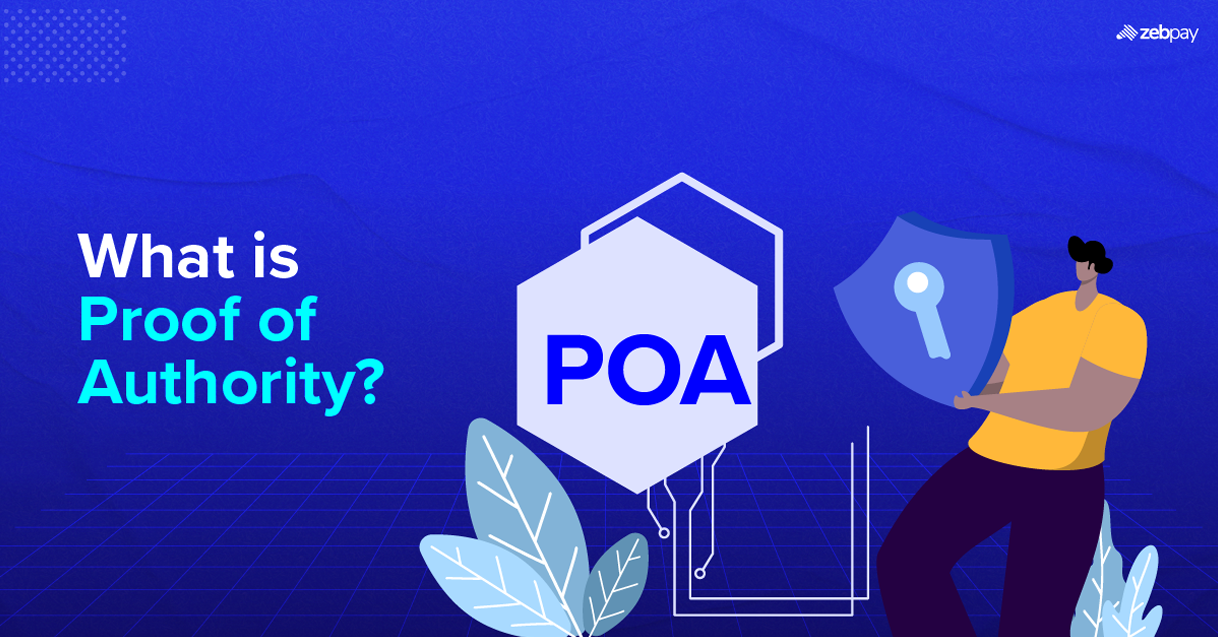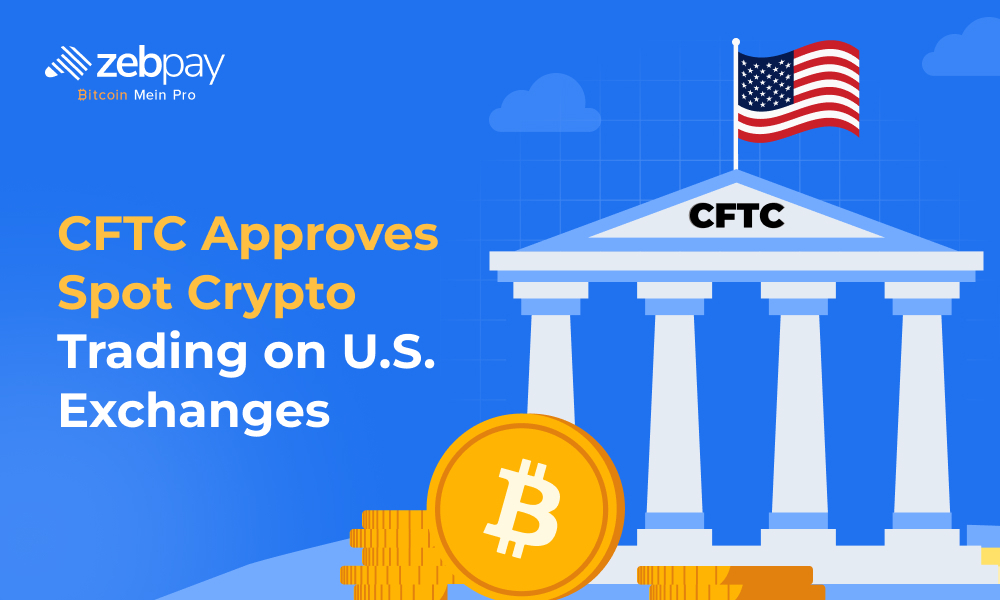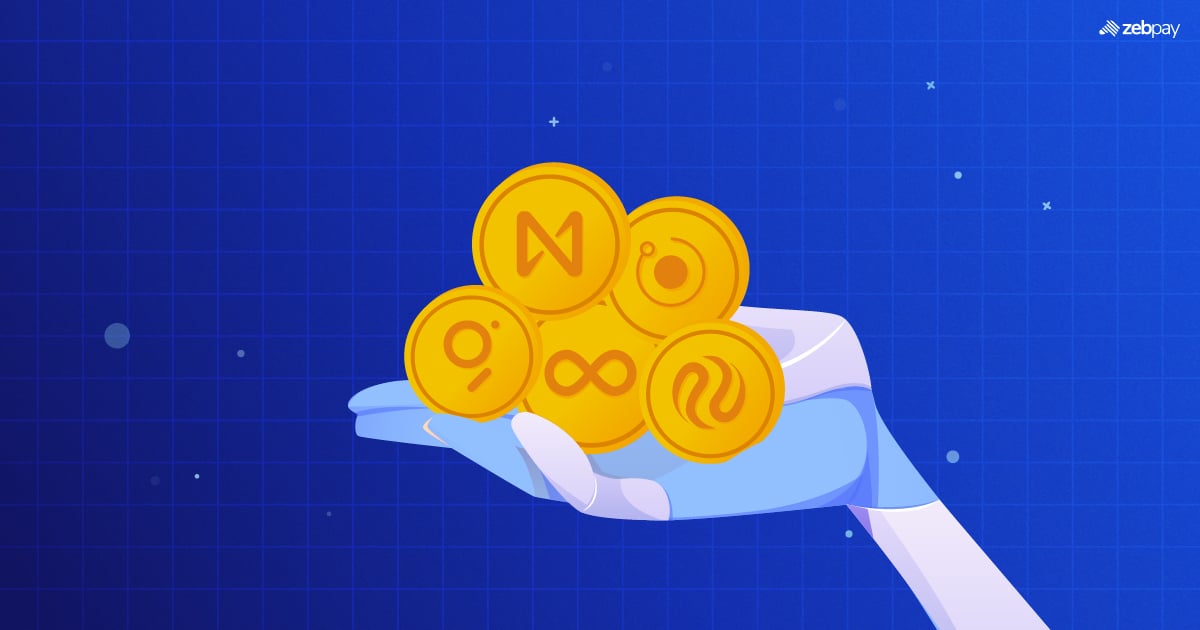Blockchains promise a revolution in the way we think about transactions. Instead of relying on central authorities, the decentralized network itself can participate in validating payments. But this can present many security and reliability risks. Consensus mechanisms like Proof of Work (PoW) and Proof of Stake (PoS) have helped many blockchains address this concern. But there is now a new contender on the block – Proof of Authority.
Understanding Blockchain Consensus Mechanisms
Before we dive into Proof of Authority, let’s first understand the role of consensus mechanisms in blockchain technology. Consensus mechanisms are used to validate transactions and ensure the security of a blockchain network. There are various types of consensus mechanisms, including Proof of Work (PoW), Proof of Stake (PoS), and Proof of Authority (PoA).
What is Proof of Authority?
Proof of Authority is a consensus mechanism that relies on a smaller group of trusted authorities to validate transactions and secure a blockchain network. In this mechanism, the authorities are responsible for verifying transactions and adding them to the blockchain. The authority nodes are typically selected based on their reputation, identity, and expertise.
How Does Proof of Authority Work?
In a Proof of Authority blockchain, the authority nodes are responsible for validating transactions and adding them to the blockchain. Unlike Proof of Work, where miners compete to solve a cryptographic puzzle, or Proof of Stake, where validators stake their tokens, Proof of Authority relies on the reputation and trustworthiness of the authorities.
To validate a transaction, the authority nodes must reach a consensus on whether the transaction is valid. This is achieved through a voting system, where each authority node has an equal vote. Once a majority of the authority nodes have verified and agreed to the transaction, it is added to the blockchain.
Read more: Proof of Work vs Proof of Stake
Pros and Cons of Proof of Authority
| Pros of Proof of Authority | Cons of Proof of Authority |
| Faster transaction processing times compared to Proof of Work or Proof of Stake. | More centralized compared to other consensus mechanisms. |
| Lower risk of a 51% attack or double-spending since authority nodes are trusted and reputable. | Network security relies heavily on the reputation and identity of the authorities. |
| Less energy-intensive compared to Proof of Work. | Authority nodes may be subject to change or manipulation. |
| Allows for easier governance and decision-making within the network. | Lack of incentivization for authority nodes, which may lead to a lack of participation. |
Like any consensus mechanism, Proof of Authority has its advantages and disadvantages. One of the main advantages is that it allows for faster transaction processing times compared to PoW or PoS. Additionally, since the authority nodes are trusted and reputable, there is a lower risk of a 51% attack or double-spending.
On the downside, Proof of Authority can be criticised for being more centralised compared to other consensus mechanisms. The network is only as secure as the authorities themselves, which could be a point of weakness if the authorities were compromised. Additionally, the system relies heavily on the reputation and identity of the authorities, which could be subject to change or manipulation.
Real-World Applications of Proof of Authority

Proof of Authority has found its way into various real-world applications, including Microsoft Azure’s Blockchain as a Service platform and VeChain’s supply chain management system. In these applications, Proof of Authority provides a fast and secure method for validating transactions and maintaining the integrity of the system.
Read more: What Are Blockchain Layers
Conclusion: Is Proof of Authority Right for Your Blockchain?
Proof of Authority is a consensus mechanism that relies on trusted authorities to validate transactions and maintain the security of a blockchain network. It has its advantages and disadvantages, but its real-world applications demonstrate its effectiveness in various use cases. Whether Proof of Authority is right for your blockchain ultimately depends on your specific needs and priorities. As always, it’s important to do your research and carefully evaluate the options available.
You can read more about Web 3.0, Crypto and blockchain on ZebPay blogs. Join the millions already using ZebPay.
FAQs on Proof of Authority
How Does Proof Of Authority Work?
In a Proof of Authority system, the authority nodes are responsible for validating transactions and adding them to the blockchain. The authorities are selected based on their reputation, identity and expertise. To validate a transaction, these nodes must reach a consensus through voting, where each node has an equal vote.
What Are Some Real-World Applications Of Proof Of Authority?
Proof of Authority has been used in various real-world applications, including Microsoft Azure’s Blockchain as a Service platform, VeChain’s supply chain management system and POA Network’s cross-chain bridge.
How Does Proof Of Authority Compare To Other Algorithms?
Proof of Authority is generally faster and less energy-intensive compared to Proof of Work, but more centralised compared to Proof of Stake. Proof of Authority also relies on trusted authorities rather than miners or validators staking their own tokens.
Is Proof Of Authority Suitable For All Blockchain Applications?
Proof of Authority may not be suitable for all blockchain applications, as it depends on the specific needs and priorities of the network. For example, a network that prioritizes decentralisation may opt for Proof of Work or Proof of Stake instead.







